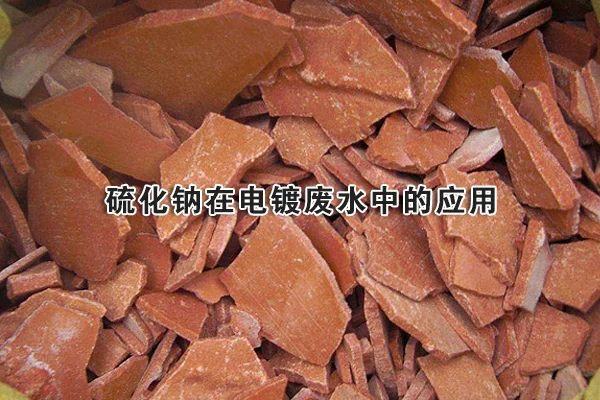Comprehensive Guide to Flotation Reagents in Copper Ore Flotation

Flotation reagents are essential in separating valuable copper minerals from waste rock during the flotation process. The primary goal of copper flotation is to produce a marketable copper concentrate. To achieve this, various reagents are used, typically classified into four main categories: collectors, frothers, pH modifiers, and dispersants.
1. Copper Flotation Collectors
Collectors play a crucial role in copper flotation by attaching to the surface of copper minerals, making them hydrophobic. This allows the copper minerals to adhere to air bubbles and rise to the surface of the flotation cell. Common collectors for copper flotation include xanthates and dithiophosphates (black reagents).
Xanthates
Xanthates such as ethyl xanthate and pentyl xanthate are widely used copper flotation collectors. They effectively adsorb onto the surface of copper minerals, making them hydrophobic and thus easier to attach to air bubbles in the flotation cell.Dithiophosphates (Black Reagents)
Dithiophosphate reagents like sodium diisobutyl dithiophosphate (black sodium reagent) and ammonium diisobutyl dithiophosphate (black ammonium reagent) are also commonly used. They work similarly by enhancing the hydrophobicity of copper minerals, facilitating efficient flotation.

2. Frothers for Copper Flotation
Frothers are added to flotation cells to generate stable bubbles that transport hydrophobic copper minerals to the cell's surface, where they can be skimmed off.
Pine Oil
Pine oil is one of the most commonly used frothers. It forms a stable froth layer that brings the copper minerals to the surface for collection.Methyl Isobutyl Carbinol (MIBC)
MIBC is another popular frother, known for its excellent frothing properties and stability, which improves flotation efficiency.Polyether Frothers
Polyether compounds like polyethylene glycol and polypropylene glycol are also used in copper flotation. These frothers provide stable bubbles and support better flotation performance.

3. pH Modifiers for Copper Flotation
pH modifiers regulate the chemical conditions of the flotation slurry to maximize copper recovery. Common pH modifiers include lime, sodium hydroxide, and sulfuric acid.
Lime and Sodium Hydroxide
Lime and sodium hydroxide are used to adjust the slurry pH, optimizing copper flotation performance. Proper pH control is essential for the selective flotation of copper from other minerals.Inhibitors and Activators
Inhibitors like Sodium Cyanide and ferrous sulfate are used to prevent unwanted minerals from floating, improving the selectivity of copper flotation. Activators, such as copper sulfate, are used to enhance the flotation of copper sulfide minerals.

4. Dispersants for Copper Flotation
Dispersants improve the distribution of reagents and solid particles in the flotation slurry, ensuring better contact between the copper minerals and flotation reagents.
Polyacrylamide
Polyacrylamide is a widely used dispersant that helps prevent particle aggregation, ensuring efficient reagent interaction and copper flotation.Epoxy Resins
Epoxy resins are also applied due to their excellent dispersing and adhesive properties, enhancing the overall flotation process.

- Random Content
- Hot content
- Hot review content
- Toxicity Assessment of Sodium Cyanide and Relevant Hazard Prevention Measures
- Sulphuric Acid 98% Industrial Grade
- IPETC 95%Metal sulfide mineral collector Z-200
- Potassium Permanganate – Industrial Grade
- Food Grade Ammonium Sulphate
- Food grade Antioxidant T501 Antioxidant 264 Antioxidant BHT 99.5%
- Di(ethylene Glycol) Vinyl Ether
- 1Discounted Sodium Cyanide (CAS: 143-33-9) for Mining - High Quality & Competitive Pricing
- 2Sodium Cyanide 98% CAS 143-33-9 gold dressing agent Essential for Mining and Chemical Industries
- 3Sodium Cyanide 98%+ CAS 143-33-9
- 4Anhydrous Oxalic acid 99.6% Industrial Grade
- 5Oxalic acid for mining 99.6%
- 6Soda Ash Dense / Light 99.2% Sodium Carbonate Washing Soda
- 7Reagent Grade/Industrial Grade Hydrochloric Acid min.31%
- 1Sodium Cyanide 98% CAS 143-33-9 gold dressing agent Essential for Mining and Chemical Industries
- 2High Quality 99% Purity of Cyanuric chloride ISO 9001:2005 REACH Verified Producer
- 3 High-Quality Sodium Cyanide for Leaching
- 4Powdery emulsion explosive
- 5Industry Grade Electron grade 98% Sulfuric Acid H2SO4 Sulphuric Acid Battery Acid Industrial Sulfuric Acid
- 6Colloidal emulsion explosive
- 7sodium hydrosulfide 70% flakes used Mining Industry












Online message consultation
Add comment: